Woodland Cabin
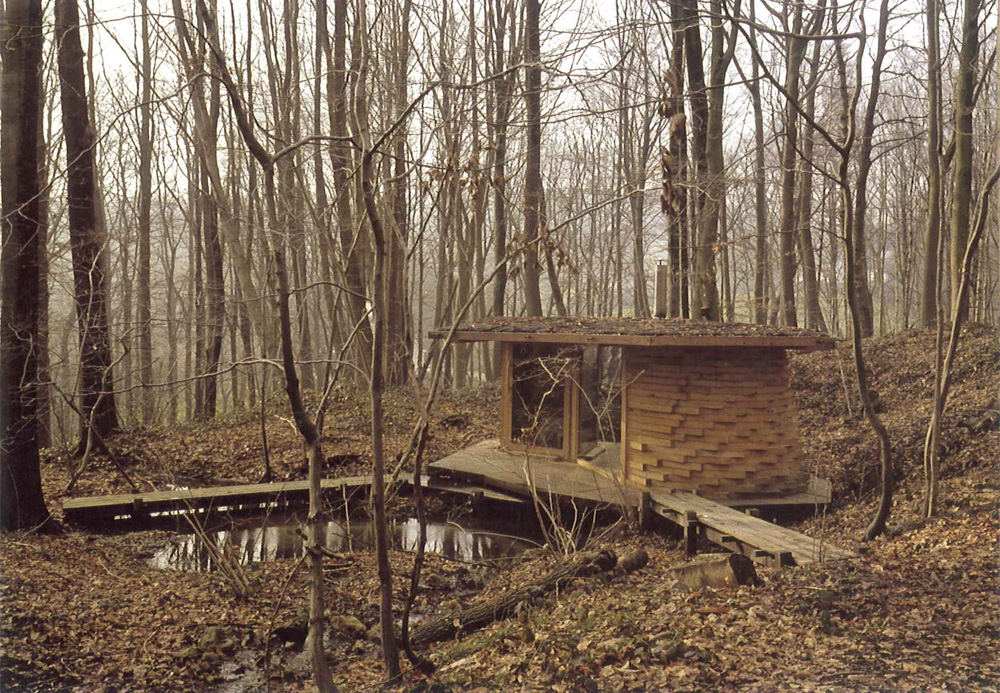

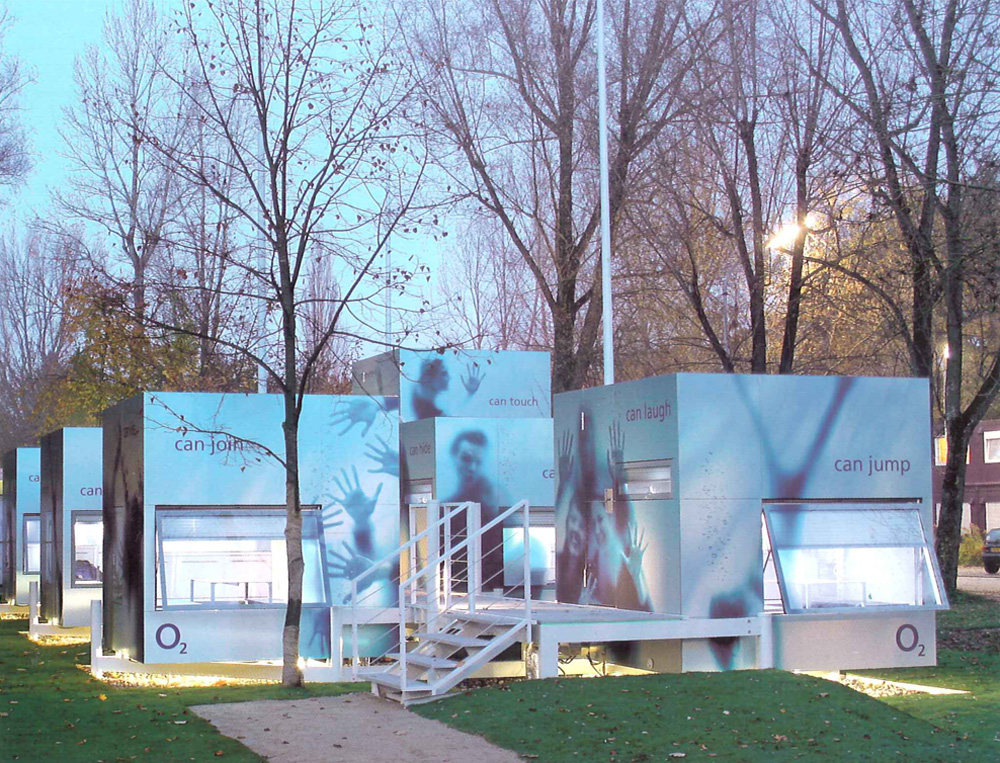
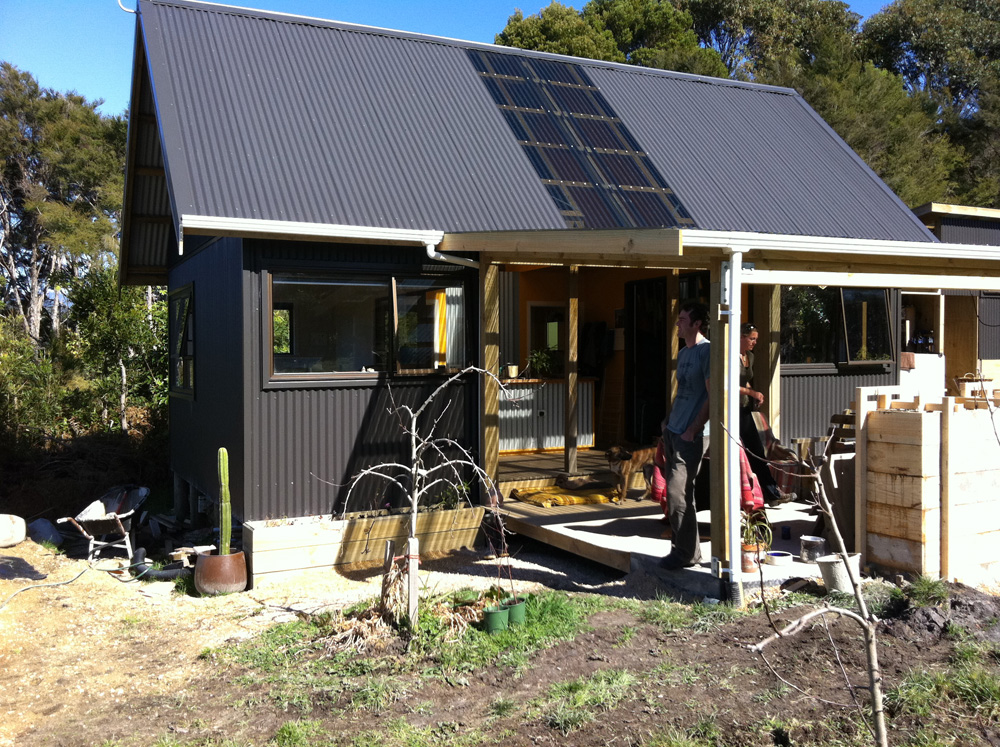
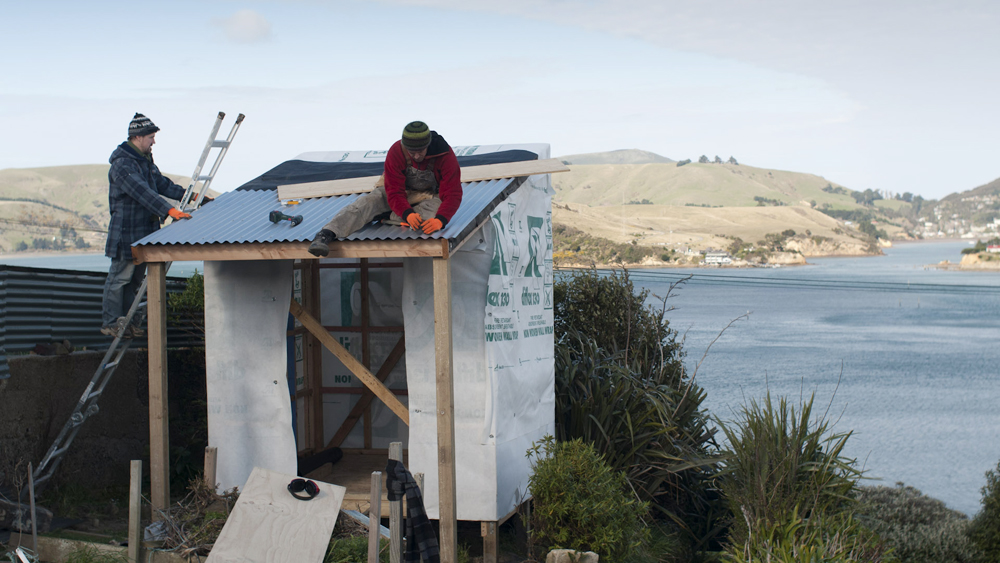
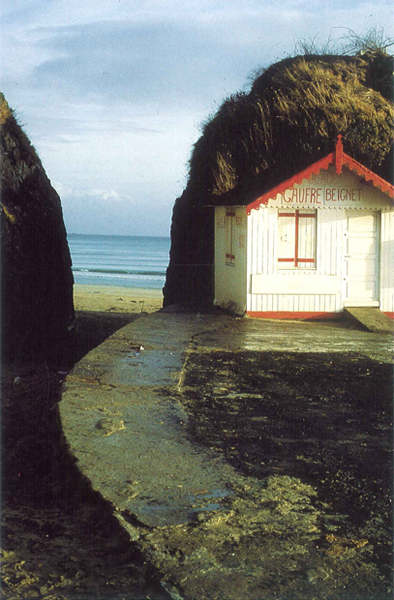
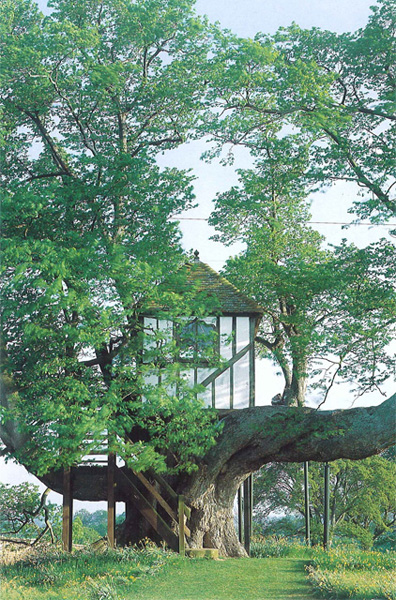
Apparently there are adobe state homes in Hastings [or Wellington?]. Does anyone have some photos?
Materials for Architects and Builders is written as an introductory text to inform students at undergraduate degree and national diploma level of the relevant visual and physical properties of a wide range of building materials. The third edition has been significantly enhanced by the incorporation of full colour images throughout, illustrating the materials and in many cases their use in buildings of architectural merit. The text includes the broad environmental debate with sections on energy saving and recycled materials. There are seventeen chapters covering the wide range of materials under standard headings. Each chapter describes the manufacture, salient prop- erties and typical uses of the various materials, with the aim of ensuring their appropriate application within an awareness of their ecological impact.
This ebook is an excellent resource.
Materials for Architects and Builders.
The New Zealand Energy Efficiency and Conservation Authority (EECA) has developed a Home Energy Rating Scheme (HERS) for New Zealand households based on software simulation of energy loss and demand. The software requires hourly data to represent the differentclimates zones around New Zealand, especially for larger population centres. These climate data consist of hourly records for an artificial year created from twelve representative months.
Please note: The data is publicly-funded data provided by the National Institute of Water and Atmospheric Research Limited (NIWA) and no person or entity may charge for its supply or use. While NIWA has exercised reasonable care and skill in the preparation and collation of the data files, the data is supplied on an ‘as is’ basis, without warranty of any kind. NIWA accepts no liability for any direct, indirect, special or consequential damages, loss, damage or cost arising from and relating to, any use of the data and/or the information associated with it. Full terms and conditions governing the use of the data can be found at: http://edenz.niwa.co.nz/about/terms.
Liley, J Ben, Hisako Shiona, James Sturman, David S Wratt. 2008. Typical Meteorological Years for the New Zealand Home Energy R ating Scheme. Prepared for the Energy Efficiency and Conservation Authority. NIWA Client Report: LAU2008-01-JBL. NIWA, Omakau, New Zealand.
Files for New Zealand are available in EPW format directly from the DOE site below:
Click on the blue marker to download the efw weather file direct from the DOE Energy Plus web site.
View Larger Map
Files in the TM2 format – for TRNSYS, TRANSOL, etc, have been converted from the EPW files using CCWorldWeatherGen without performing any climate projections. NZL_TMY_WeatherFiles_TM2

Masterton home eco-aware – Local News – Wairarapa Times-Age.
In 2007, Steven, an industrial design engineer, began work on the eco-friendly house he would take three years to build with his own hands.
He even built the kitchen and every piece of furniture from the shelving to the beds, and fitted solar panels, which store 2000 watts of energy.
“When building our house, there were moments in the process when we had choices, like when we were deciding on our insulation. We decided to go with recycled insulation because it’s better for the environment, and it’s a nice material to work with – you’re not working with things like fibreglass.
“We also positioned the house to the north, so the sun shines through the big windows and warms up the place.”
He said building an eco-friendly house is “not rocket science”, it is just about thinking more carefully about your choices and how they affect your wallet as well as the environment.
“These ideas have been around for ages, it’s just being aware of them when you’re building a house, or doing anything else in life, like driving. If you drive 90km/h instead of 100km/h, you can save about 15 per cent of fuel, and you also have the opportunity to relax and enjoy the beautiful scenery instead of rushing.”